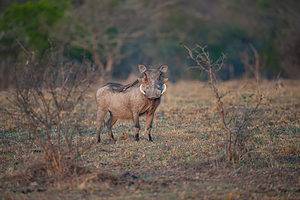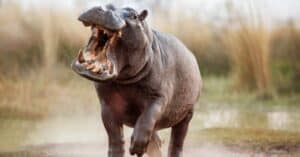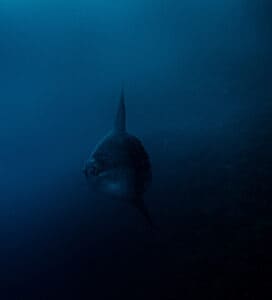Death is among the most unpleasant and often scary topics to some. However, it is an unavoidable part of our life cycle. Some animal species are often associated with death because of myths in various cultures. Other animals represent death due to their predatory behaviors. Some may look harmless but play a vital role in the decomposition of the dead. These representations are often depicted in arts, paintings, superstitions, and traditions.
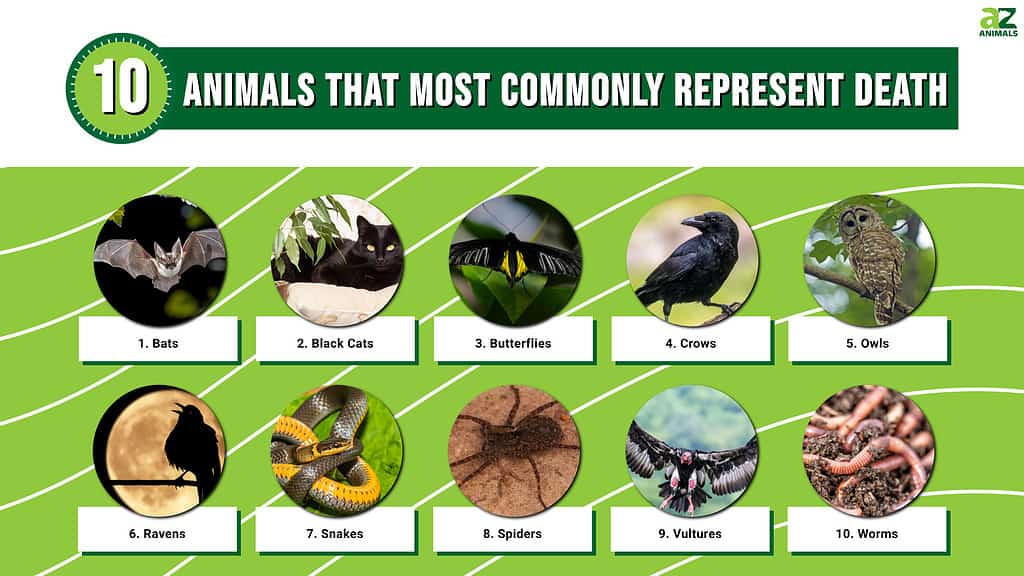
1. Bats
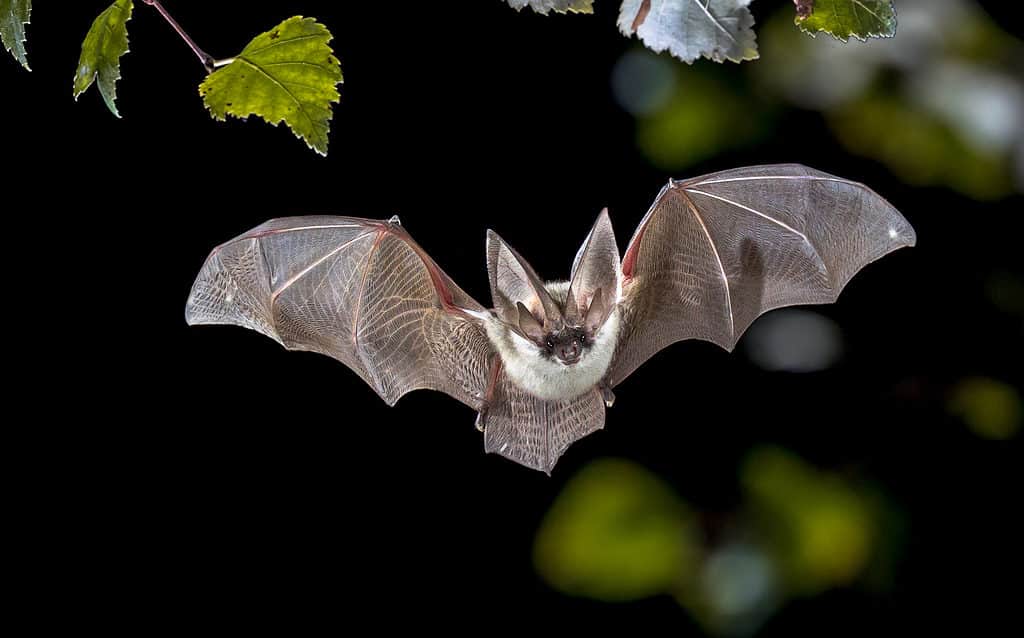
In Thailand, seeing a bat in broad daylight or around a temple foretells a person’s death.
©Rudmer Zwerver/Shutterstock.com
Bats are nocturnal mammals from the Chiroptera order. The term “Chiroptera” is derived from the Greek words cheir and pteron, which mean “hand” and “wings,” respectively. Species of the Chiroptera order have forelimbs that also serve as their wings, hence the name.
Bats are the only mammals capable of sustained flight. Bats range in size. The smallest bat, called the bumblebee bat, weighs around 0.07 ounces, while other bat species, like the large flying foxes, weigh 1.3 to 2.4 pounds. Flying foxes have a wingspan of up to almost 6 feet.
There are more than 1,400 species of bats worldwide, playing an important role in the pollination of many plant species. However, many cultures have negative regard for bats. Encountering a bat brings bad luck. In Thailand, seeing a bat in broad daylight or around a temple foretells a person’s death. In New Zealand, Māori people associate bats with a mythical bird that foretells death.
2. Black Cats
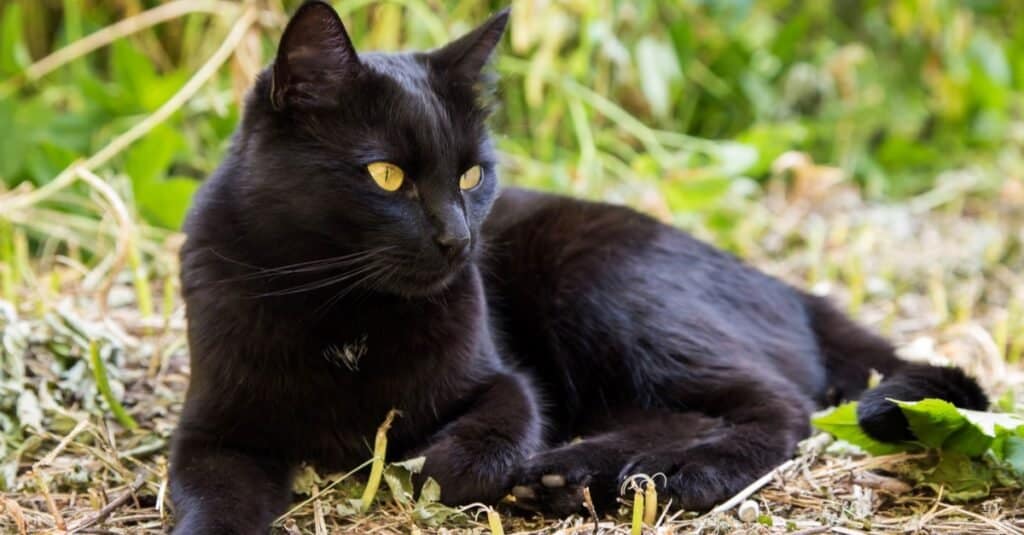
Black cats have a reputation for bringing either bad or good luck, but it depends on the culture.
©Viktor Sergeevich/Shutterstock.com
There are various black cat breeds worldwide. Among them are sphynx cats, Persian cats, oriental shorthairs, Turkish angoras, and many more. But only one breed of domestic cats, the Bombay, is exclusively black.
Black cats have a reputation for bringing either bad or good luck, but it depends on the culture. In Western cultures, black cats have become a symbol of Halloween and witchcraft. They are believed to be shape-shifting witches. Coming across a black cat symbolizes evil omens that may bring misfortune or death. However, in Japan, black cats are a symbol of good luck.
3. Butterflies
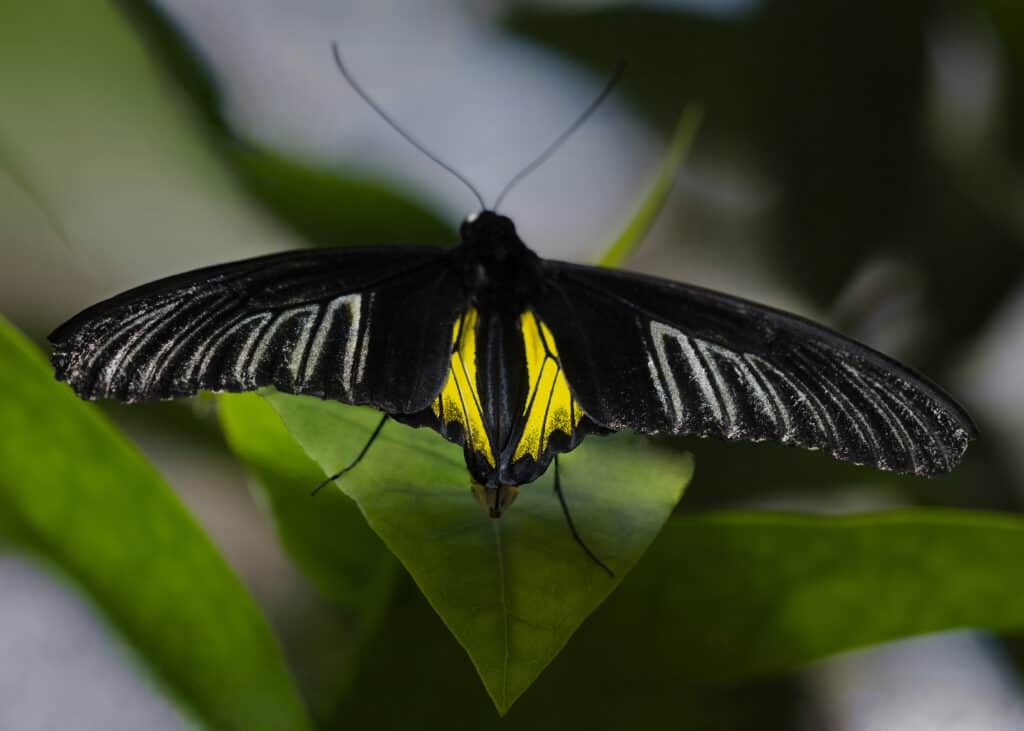
A butterfly may represent the soul of a relative or loved one that has recently passed away.
©iStock.com/PK Visual Journeys
There are around 18,500 butterfly species worldwide. In Irish culture, butterflies represent the trapped souls of the dead. In another instance, butterflies are a forewarning of death in the Philippines. They may also represent the souls of a relative or loved one who has recently passed away. Besides, the transformation from earthbound caterpillars to butterflies is believed to be the embodiment of humans becoming spirits after death.
4. Crows
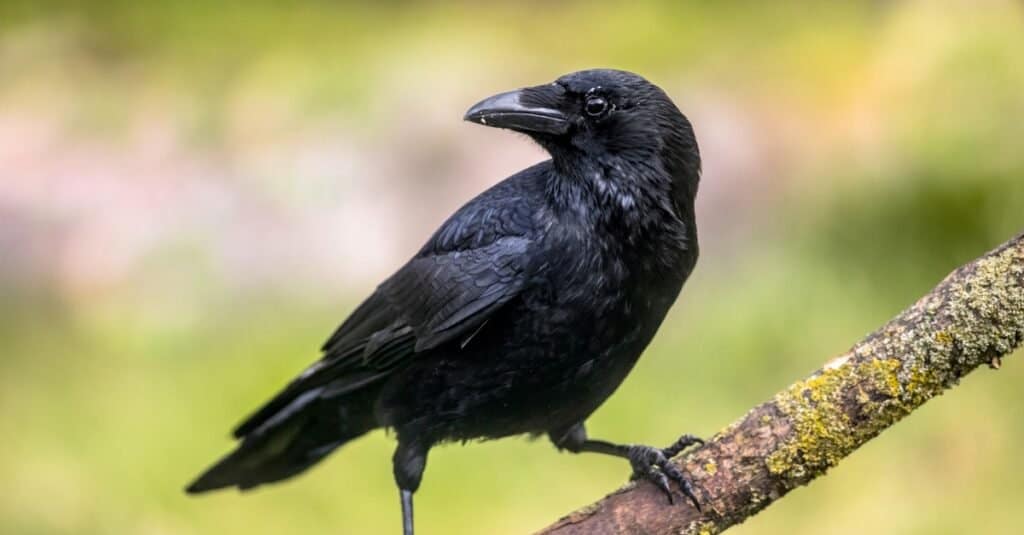
Crows are known to gather in large numbers in regions where animals or people are about to die.
©Rudmer Zwerver/Shutterstock.com
Crows are birds from the Corvus genus. They are often associated with death due to their feeding habits. Crows are scavengers that feed on carrion. They are often linked to battlefields, cemeteries, or any other areas with dead bodies. They are also known to gather in large numbers in regions where animals or people are about to die. One spooky fact about them is that a group of crows is called a “murder.”
5. Owls
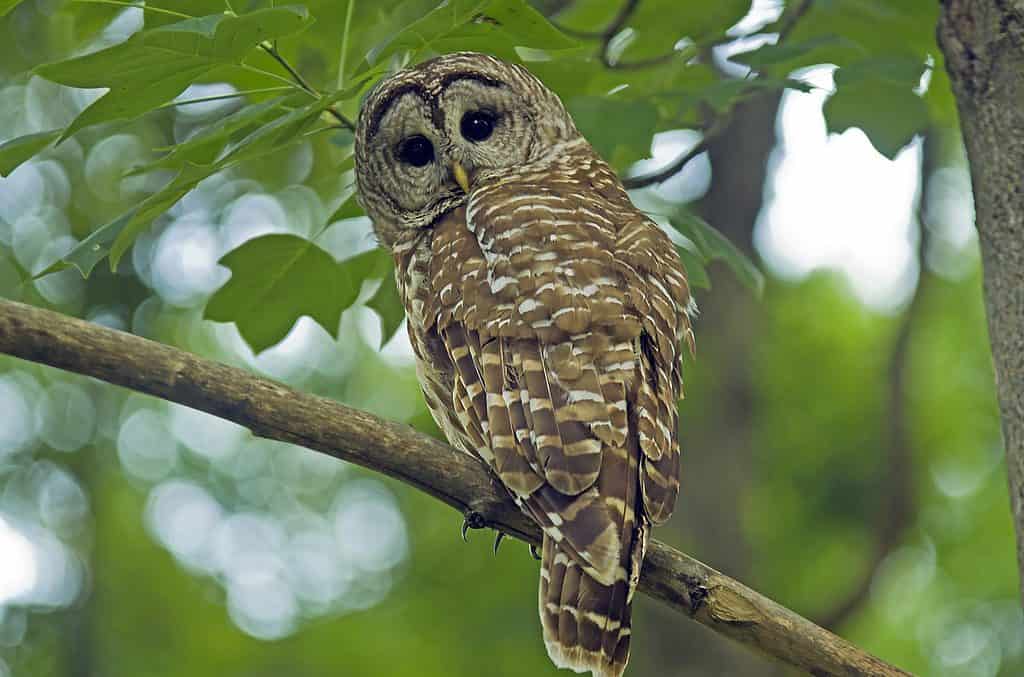
Owls are believed to bring bad luck, or worse, be an omen of death.
©C.M.Corcoran/Shutterstock.com
Owls are nocturnal birds from the Strigiformes order, with more than 200 species. They are among the symbols of Halloween and witchcraft. In ancient cultures, hearing an owl hoot was a very bad sign. They are believed to bring bad luck, or worse, be an omen of death. However, owls hoot to fend off predators or attract mates.
6. Ravens
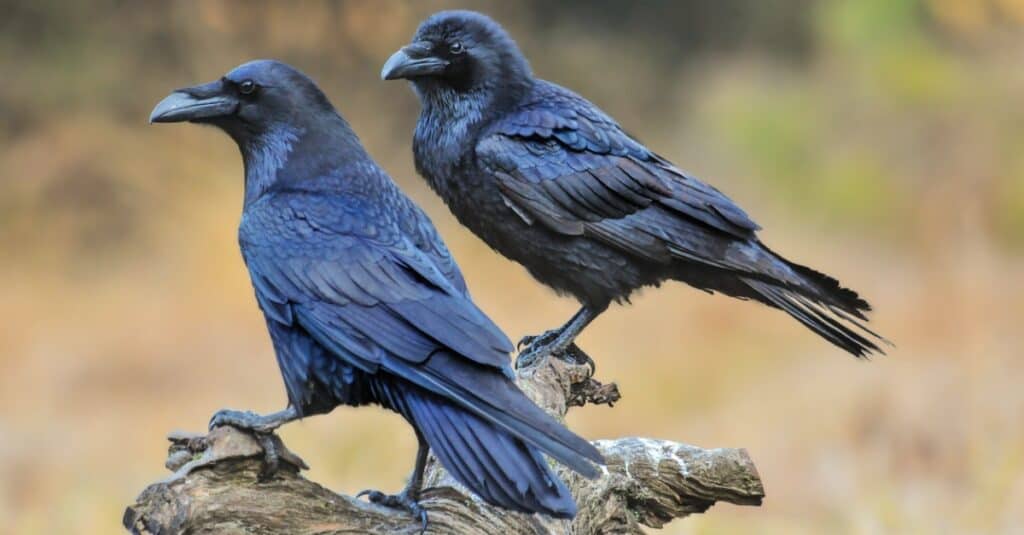
Ravens are often found in locations with dead bodies such as battlefields and cemeteries.
©Krasula/Shutterstock.com
Ravens are nocturnal birds from the Corvus genus. They are close relatives of crows and share the same feeding habits — eating dead bodies. Like crows, ravens are often found in locations with dead bodies, like battlefields and cemeteries, which is the primary reason they are associated with death.
But in Norse mythology, ravens are messengers that deliver messages to the god Odin. The messages they deliver can be some kind of guidance, and some believe they can also guide people to the afterlife.
7. Snakes
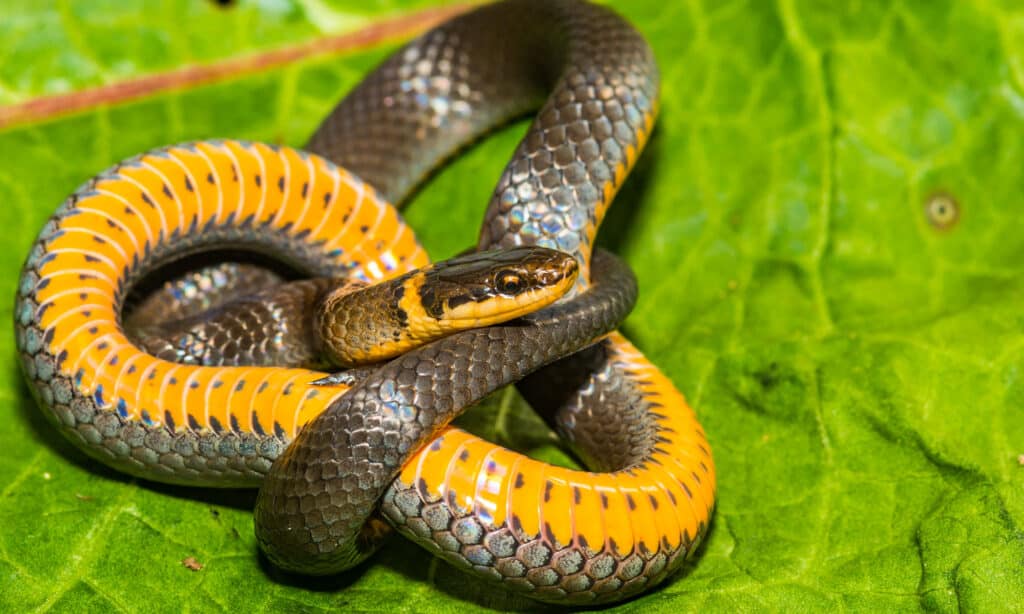
In the Bible, snakes symbolize Satan or Lucifer, an evil entity that brings death, curses, and sickness.
©Jay Ondreicka/Shutterstock.com
Snakes are predatory reptiles in the Squamata order, with almost 4,000 known species worldwide. They are often associated with the underworld. In the Bible, snakes symbolize Satan or Lucifer, an evil entity that brings death, curses, and sickness. Unfortunately, this is not just about mythology, superstition, or religion. Many species of snakes are venomous, and some may even cause instant death. Moreover, some are constrictors, meaning that even if they’re non-venomous, they can still constrict their prey to death.
8. Spiders
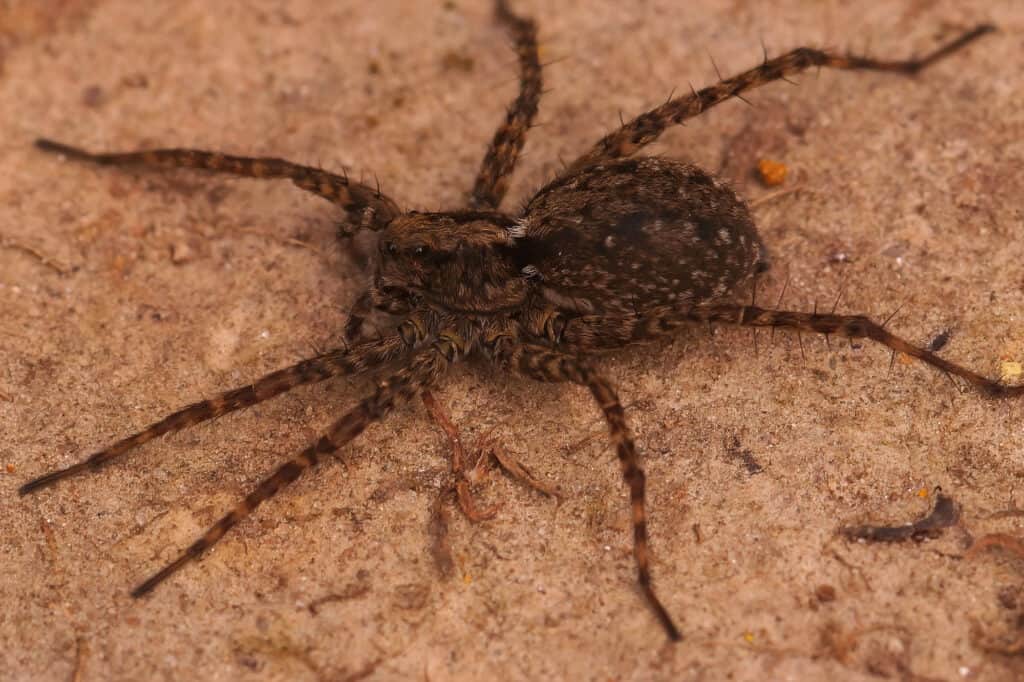
During the Middle Ages, spiders were believed to be companions of witches, assisting them in casting spells.
©iStock.com/Wirestock
Spiders belong to the class of animals called Arachnida. Spiders are one of the Halloween symbols. During the Middle Ages, they were believed to be companions of witches, assisting them in casting spells. Moreover, it was thought that eating a “spider sandwich” made witches more powerful.
9. Vultures
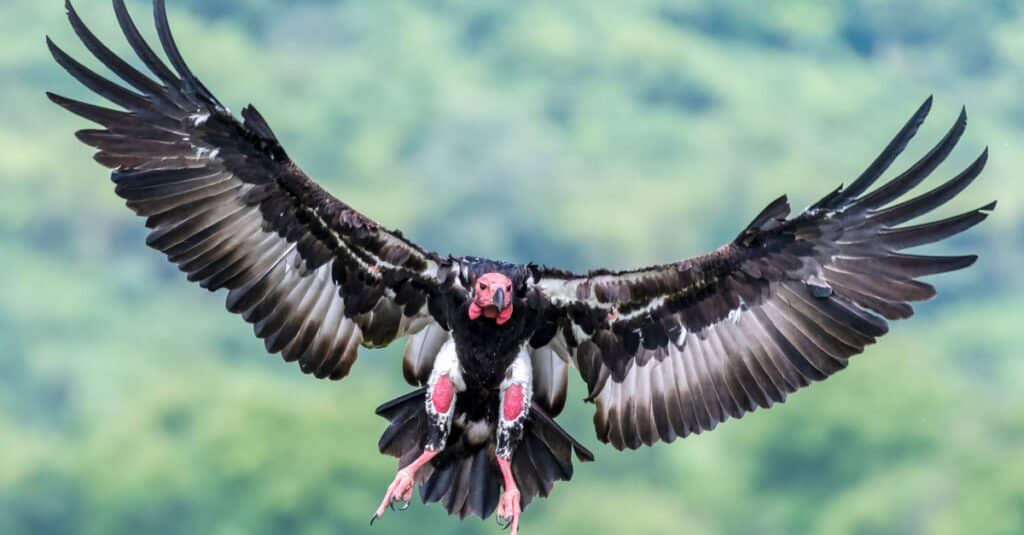
Due to their feeding habits, vultures are often associated with death.
©Ishor gurung/Shutterstock.com
The word “vulture” is a collective term that applies to scavenger birds that feed on carrions. Due to their feeding habits, they are often associated with death. However, they are also an essential part of the ecosystem. These opportunistic feeders clean up the remains that may contain harmful microbes and pathogens that cause diseases.
10. Worms
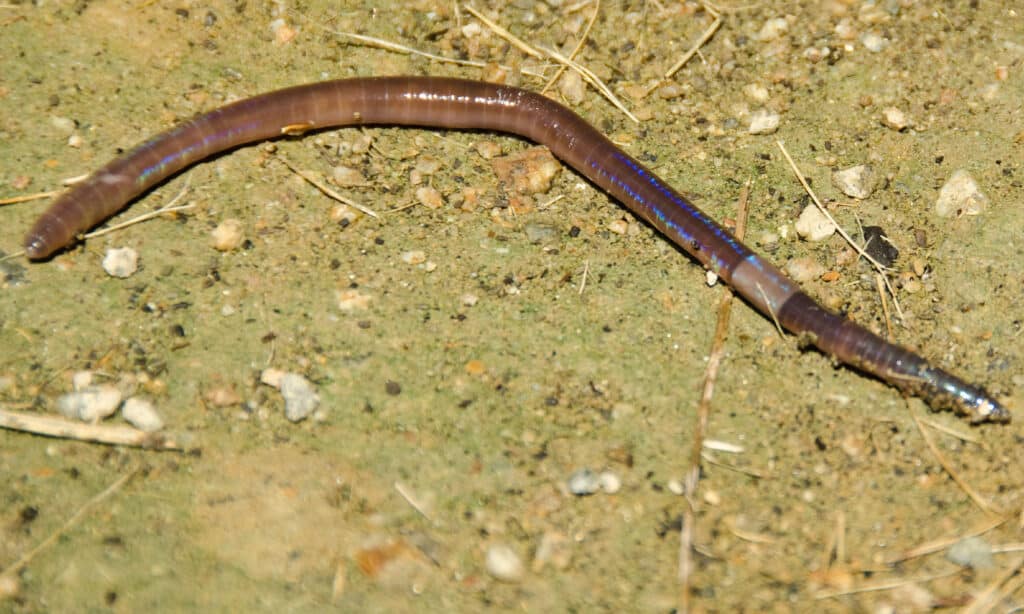
In the Bible, worms are sometimes depicted as creatures of Hell that bring endless death.
©iStock.com/Arrlxx
Worms refer to several groups of animals. Earthworm species belong to the Annelida phylum, while parasitic worms, such as roundworms, belong to the Nematoda phylum, and tapeworms to the Cestoda phylum.
In mythology, worms refer to any crawling animals with long bodies and no legs. The term “worm” was derived from the Old English ‘wyrm’ which means serpent.
The word “worm” was a general term for small, harmless animals like earthworms, maggots, caterpillars, and large or dangerous creatures such as snakes and dragons.
Worms have various symbolism in different cultures. In the Bible, worms are sometimes depicted as creatures of Hell that bring endless death. A worm is a literary symbol commonly representing man’s death and mortality.
In science, the word worm also refers to maggots, fly larvae that eat the flesh of dead bodies and help with the decaying process. Other decomposers include earthworms, termites, and millipedes.
Summary of 10 Most Common Animals That Represent Death
Here’s a recap of the 10 animals we looked at that are most often associated with death.
| Number | Animal | Associations With Death |
|---|---|---|
| 1 | Bats | Encountering a bat brings bad luck; seeing a bat in daylight or around a temple foretells a person’s death |
| 2 | Black Cats | Symbol of Halloween and witchcraft; believed to be shape-shifting witches; symbolizes evil omens that may bring misfortune or death |
| 3 | Butterflies | Represent trapped souls of the dead; forewarning of death; may represent the souls of a loved one recently passed away |
| 4 | Crows | Associated with death due to feeding on carrion; linked to battlefields, cemeteries, or other areas with dead bodies; gather in large numbers in regions where animals or people are about to die |
| 5 | Owls | Symbols of Halloween and witchcraft; hearing an owl hoot was a very bad sign; believed to bring bad luck, or worse, be an omen of death |
| 6 | Ravens | Associated with death due to feeding on carrion; linked to battlefields, cemeteries, or other areas with dead bodies |
| 7 | Snakes | In the Bible, snakes symbolize Satan or Lucifer, an evil entity that brings death, curses, and sickness. |
| 8 | Spiders | Believed to be companions of witches, assisting them in casting spells |
| 9 | Vultures | Associated with death due to feeding on carrion |
| 10 | Worms | Sometimes depicted in the Bible as creatures of Hell that bring endless death; literary symbol commonly representing man’s death and mortality |
The photo featured at the top of this post is © iStock.com/Ian_Redding
Thank you for reading! Have some feedback for us? Contact the AZ Animals editorial team.



